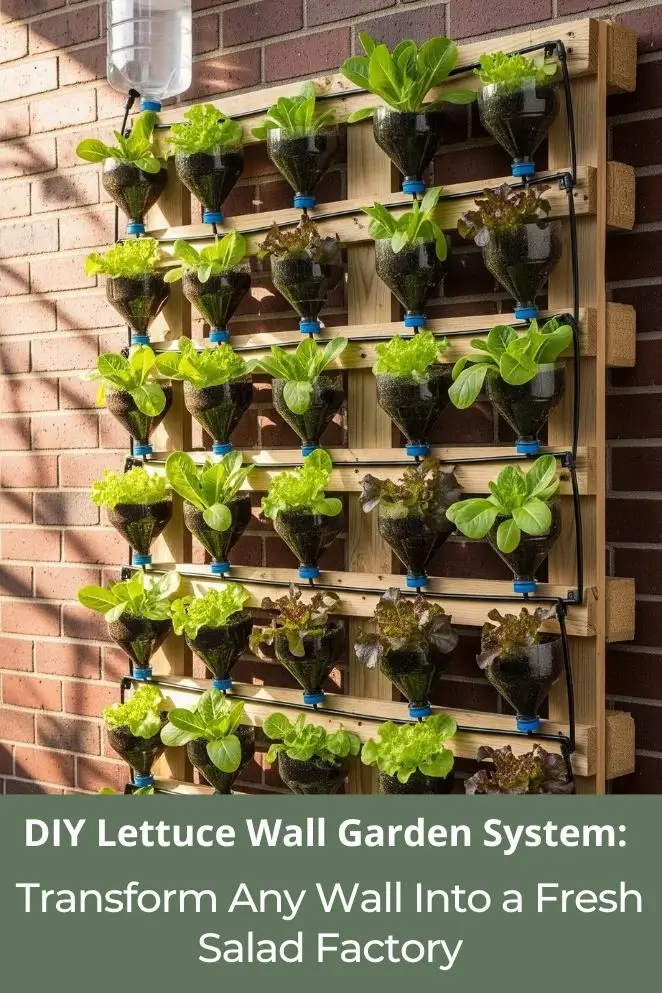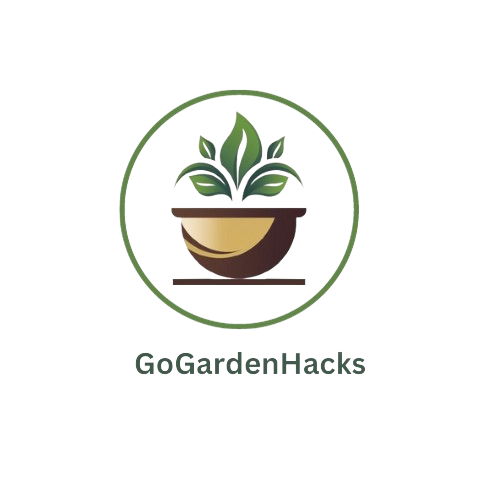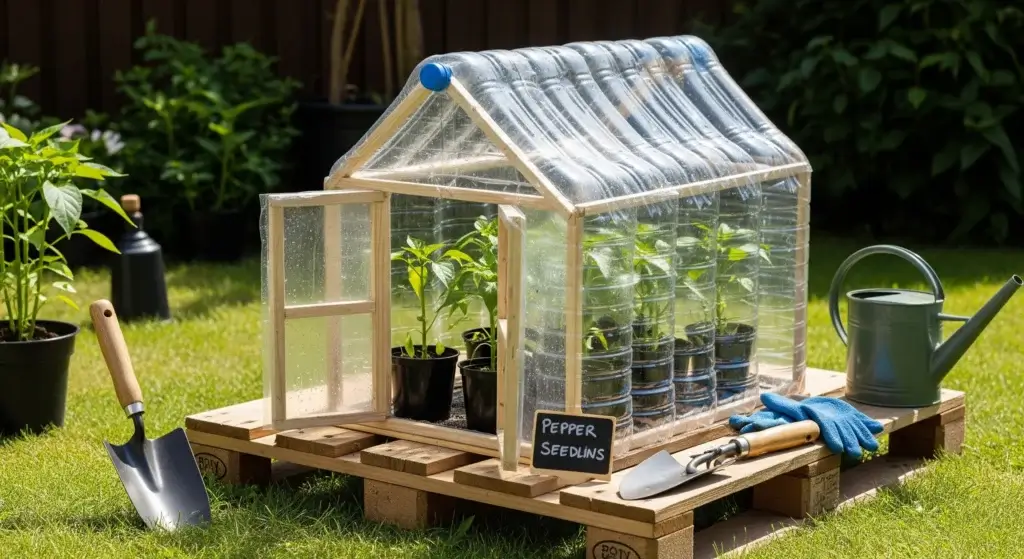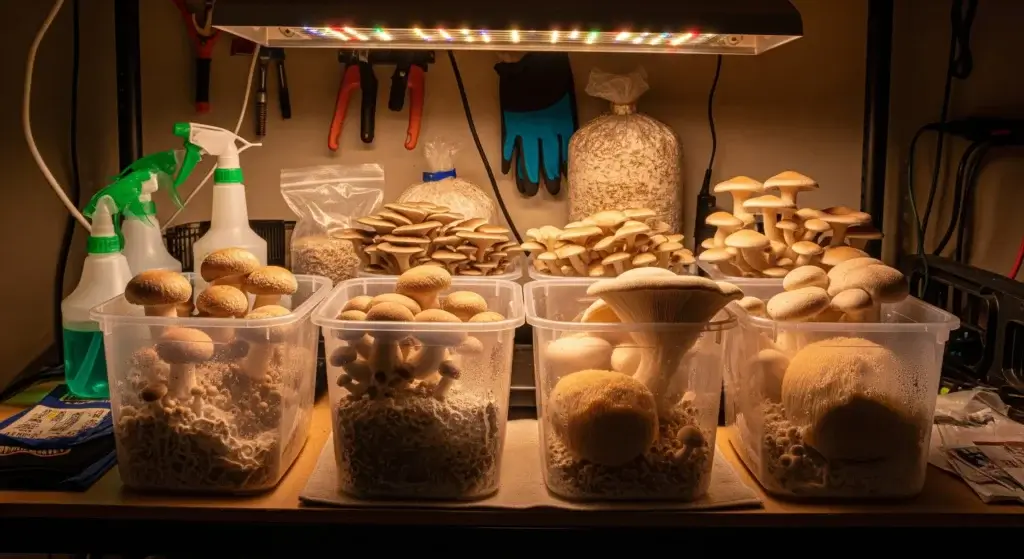
Are you craving that crunchy, fresh lettuce but stuck with barely any space?
A DIY lettuce wall garden could be your game-changer. It’s basically farming up instead of out—perfect for apartments, balconies, or tiny yards.
Here’s the wild part: a lettuce wall can give you as much food as a full 4×8 garden bed, but it only takes up a sliver of space.
And lettuce? It’s basically born for this setup—shallow roots, lightweight, easy to grow.
Think of it like stacking snacks on a shelf instead of cluttering the whole kitchen counter.
Why Choose a Lettuce Wall Garden System?
Space Efficiency and Productivity
Here’s the deal: a lettuce wall is like the ultimate life hack for small spaces.
Instead of needing a big yard, you can grow a jungle of greens on a balcony or even a tiny wall.
And get this—it can pump out up to 10 times more lettuce per square foot than a regular garden.
It’s basically farming on “hard mode,” but smarter.
Year-Round Growing Potential
One of the coolest perks? You’re not stuck waiting for perfect weather.
A wall garden can be shifted around to chase the sun, shielded from storms, or even dragged inside when it’s freezing out.
Translation: fresh salad in December while your friends are stuck with sad grocery store lettuce.
Ergonomic Benefits
No more wrecking your back digging in the dirt.
Wall gardens keep everything at eye level, so tending your plants feels more like scrolling your phone than doing yard work.
Even if you hate bending over for chores, this makes it chill and easy.
Superior Plant Health
Homegrown lettuce? Way tastier, way fresher, and it doesn’t wilt in two days like store stuff.
Plus, lettuce barely gets sick or attacked by bugs—it’s like the golden retriever of plants.
And when it’s vertical, the air flows better, so your greens stay healthy and happy. It’s basically a spa day for your salad.
Essential Components for Your DIY System
Framework Options
Think of the framework as the skeleton of your lettuce wall—it’s what holds the whole operation together.
You’ve got a few fun ways to build it:
- Wooden Pallet Systems: Old shipping pallets = free garden gold. Sand them down, treat the wood so it’s safe, slap on some landscape fabric, and boom—planting pockets.
- PVC Pipe Systems: You can make horizontal tubes with holes for lettuce heads or go vertical with pipe towers that look straight out of a sci-fi movie.
- Felt Pocket Systems: Basically, a wall of soft fabric pouches. Lettuce loves them because the roots get plenty of air. Plus, they’re stupidly easy to hang on any wall.
- Modular Container Systems: Stack ’em, rearrange ’em, expand ’em as your lettuce addiction grows. Old storage bins totally count here if you’re on a budget.
Growing Medium Selection
This is what your lettuce “lives in,” and it’s a bigger deal than people think.
- Lightweight Potting Mix: Go for a soil-less mix with stuff like perlite, vermiculite, and coconut coir.
- Hydroponic Solutions: No dirt, just water and nutrients. Sounds high-tech, right? That’s because it is. Hydroponics makes plants grow faster and bigger.
- Compost-Enriched Blends: Add in some aged compost and you’re basically giving your lettuce an all-you-can-eat buffet that keeps releasing nutrients slowly over time.
Irrigation Considerations
Lettuce is a drama queen when it comes to water—too little and it sulks, too much and it drowns. Here’s how to keep it happy:
- Drip Irrigation: Hook up a timer, run some little hoses to each pocket, and you’ve got the plant equivalent of a personal water bottle. Super efficient.
- Self-Watering Reservoirs: Build in hidden water tanks that wick up moisture as needed. It’s like setting your plants on “auto-hydrate.”
- Hand Watering Systems: Small setup? Just grab a watering wand with a gentle spray and do it old-school. You’ll get up close and personal with your plants.
Step-by-Step Construction Guide
Planning Your Layout
First, scout your wall like you’re picking the best gaming spot.
Lettuce loves 4–6 hours of direct sun, so east or north-facing walls usually win.
Don’t shove plants too close—each one needs about 6–8 inches of breathing room or they’ll fight like siblings sharing a tiny bedroom.
Building a Basic Pallet System
Grab a 40×48 pallet (make sure it’s not sketchy).
Sand it, seal it, and staple landscape fabric to the back and bottom so it forms pockets.
Fill with soil mix, then cut little X’s every 8 inches for planting spots.
Stick your seedlings in and boom—you’ve got a vertical salad bar.
Constructing a PVC Tower System
Want the futuristic version? Use a fat 6-inch PVC pipe.
Drill holes in a spiral every 8 inches, cap the bottom, and slide a water tube inside so every plant gets a drink.
Mount it to the wall or set it on a stand—perfect if you’re renting and don’t wanna explain to your landlord why you drilled into their siding.
Selecting the Right Lettuce Varieties
Best Varieties for Vertical Growing
Here’s the truth—not every lettuce plays nice in a vertical garden.
You want the smaller, “cut-and-come-again” types that just keep giving. A few MVPs:
- Buttercrunch: Compact, buttery heads that taste amazing and don’t freak out when it gets a little hot.
- Red Sails: Loose, frilly leaves with a red glow—your wall garden will look like it belongs on Instagram. Plus, you can keep snipping and it keeps regrowing.
- Simpson Elite: Think of this as the upgraded version of the classic. Disease-resistant, fast-growing, and bounces back after harvest like it’s got cheat codes.
- Salad Bowl Mix: A grab-bag of lettuces in one seed pack. Different textures, colors, and flavors—basically the “party mix” of the lettuce world.
Succession Planting Strategies
Here’s the trick to never running out of greens: don’t plant everything at once.
Drop new seeds every 2–3 weeks, rotating through sections of your wall.
That way, while one batch is ready to eat, another is just sprouting, and another is growing up. It’s like setting up a conveyor belt of salad—you’ll always have fresh lettuce on deck.
Maintenance and Care Guidelines
Daily Care Routines
Lettuce walls don’t need babysitting, just quick check-ins.
Stick your finger in the soil—if the top inch is dry but it’s damp underneath, you’re good. Keep an eye out for freeloaders like aphids or slugs.
Spot a problem? Squash it early before it spreads.
Weekly Maintenance Tasks
Once a week, give your setup a proper check-up.
Make sure your irrigation isn’t clogged, snip off sad yellow leaves, and feed your plants with a half-strength liquid fertilizer.
Lettuce doesn’t eat much, but a little snack keeps it growing fast and tender.
Seasonal System Care
When summer hits, toss up some shade cloth so your lettuce doesn’t bolt (flower and get bitter).
In winter, move portable systems inside or insulate the fixed ones so they don’t freeze.
Once a year, swap out the soil and deep-clean everything—think of it as hitting reset so diseases don’t crash your salad party.
Troubleshooting Common Issues
Addressing Growth Problems
If your lettuce looks sad or isn’t growing, it’s usually light or drainage messing you up.
Lettuce craves steady sunlight—no light, no growth. Add LED grow lights if your wall’s in the shade.
Also, make sure your soil drains well. If water just sits there, roots drown. Mix in perlite or sand so it drains like a champ.
Managing Pest and Disease Issues
Vertical walls dodge most pests, but aphids still love free salad.
Knock them out with insecticidal soap or recruit ladybugs as your tiny garden bodyguards.
Fungal issues show up if things stay too damp—fix it by keeping the air moving and skip overhead watering. Healthy airflow = happy lettuce.
Maximizing Your Harvest
Optimal Harvesting Techniques
Want endless salad? Try the “cut and come again” trick—snip the outer leaves when they hit 4–6 inches and let the center keep growing.
One plant can feed you for months if you don’t rip it out. Harvest in the morning when the leaves are crisp and juicy.
Pro tip: you can even grow a funky-looking lettuce ball in a hanging basket with moss—efficient and Instagram-worthy.
Extending Growing Seasons
You can enjoy eating fresh greens for almost the entire year with some preparation.’
When winters get warmer, use varieties that can withstand cold temperatures and don’t forget to wear some frost protection.
To avoid freezing, indoors or by building a mini greenhouse is more effective when in the middle of ice.
When full-sized lettuce reaches its maximum capacity, microgreens are the way to go, being both compact and highly nutritious.
Conclusion: Your Path to Fresh, Homegrown Greens
A DIY lettuce wall isn’t just about saving space—it’s about leveling up your lifestyle.
Whether you’ve got a balcony the size of a yoga mat or a big backyard wall, vertical gardening makes it stupidly easy to grow your own food and actually see results fast.
It’s efficient, works year-round, and keeps your plants healthier than ground-level gardening.
Start small, learn the ropes, and soon you’ll be harvesting crisp greens on repeat. Honestly, once you’ve got fresh lettuce growing steps from your kitchen, store-bought just feels like a downgrade.



